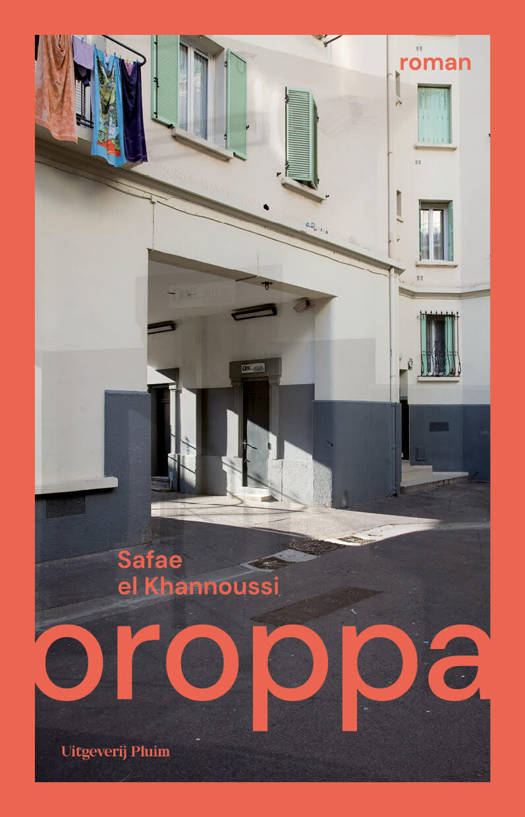
- Afhalen na 1 uur in een winkel met voorraad
- Gratis thuislevering in België vanaf € 30
- Ruim aanbod met 7 miljoen producten
- Afhalen na 1 uur in een winkel met voorraad
- Gratis thuislevering in België vanaf € 30
- Ruim aanbod met 7 miljoen producten
Zoeken
Vitae, Miracula Et Translatio, Et Alia Hagiographica Sancti Arnulfi Episcopi Suessionensis Et Confessoris
Nip Renee
€ 512,95
+ 1025 punten
Omschrijving
The hagiographers Lisiard and Hariulf pictured St Arnulf, Bishop of Soissons and supposed founder of the Abbey of Oudenburg in Flanders (d. 1087), as a peacemaker. During his life, the holy man fell victim to the struggle for power between secular and ecclesiastical princes. Also Lisiard and Hariulf witnessed a great deal of violence as the result of the Investiture Controversy and communal revolts. Shortly after St Arnulf's death, Lisiard started to compose the saint's Life, which Hariulf adapted in the first decades of the twelfth century. Both worked together to achieve his canonization, which was realized in 1121. This volume makes available some important narrative sources for the history of Flanders and Northern France in the eleventh and twelfth century. In particular, these present an interesting insight into ideas on power and violence in theory and practice. Besides, the texts in a modern edition provide the means of enlarging our understanding of hagiographic methods.
Specificaties
Betrokkenen
- Auteur(s):
- Uitgeverij:
Inhoud
- Aantal bladzijden:
- 356
- Taal:
- Engels, Latijn
- Reeks:
- Reeksnummer:
- nr. 285
Eigenschappen
- Productcode (EAN):
- 9782503053011
- Verschijningsdatum:
- 28/02/2015
- Uitvoering:
- Hardcover
- Formaat:
- Genaaid
- Gewicht:
- 739 g

Alleen bij Standaard Boekhandel
+ 1025 punten op je klantenkaart van Standaard Boekhandel
Beoordelingen
We publiceren alleen reviews die voldoen aan de voorwaarden voor reviews. Bekijk onze voorwaarden voor reviews.











